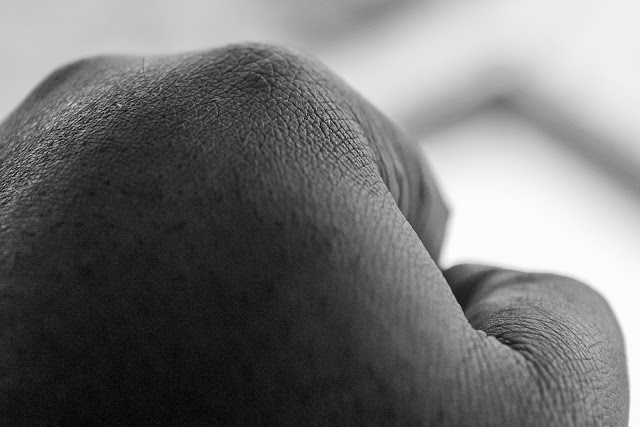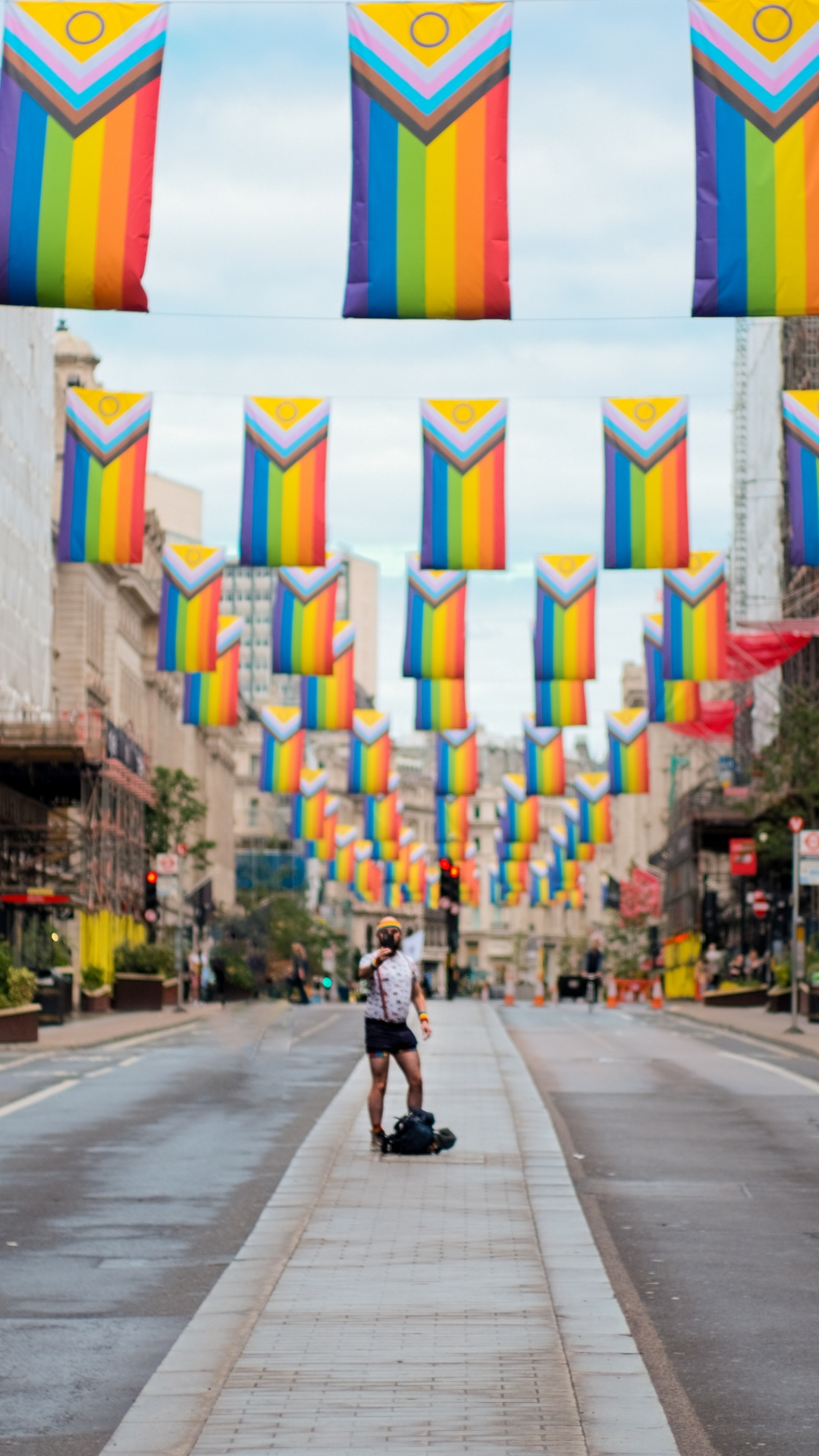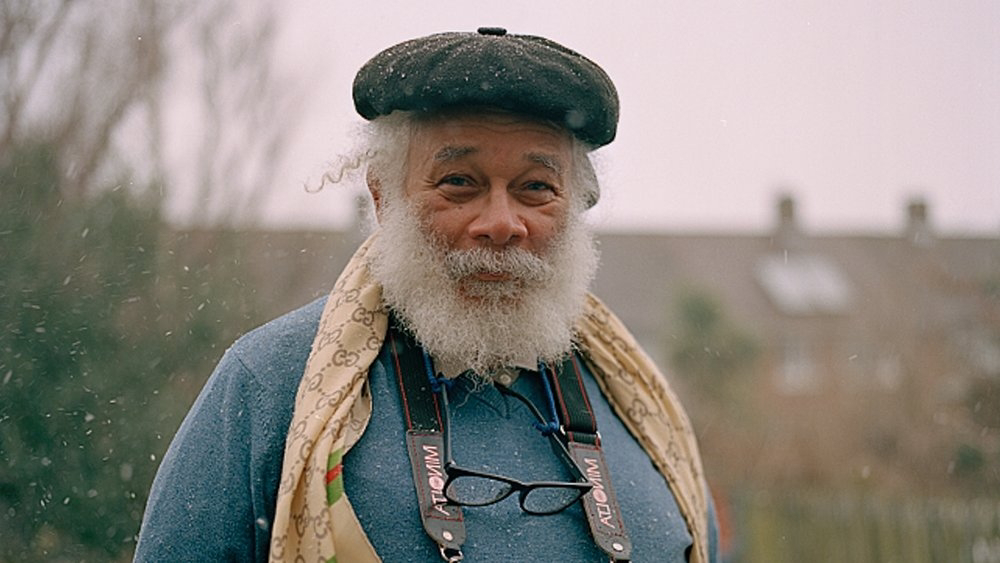Sayed Asif Mahmud, a name synonymous with poignant social documentary photography, has captivated audiences for years with his powerful visual narratives on marginalized communities. However, his artistic journey has taken a compelling turn toward personal projects and travel photography in recent years. This shift reflects a change in subject matter and a more profound evolution of creative purpose. Let’s explore the motivations, milestones, and meaning behind Mahmud’s transformative journey.
The Roots: A Commitment to Social Stories
Mahmud first gained recognition for his immersive social documentaries, highlighting systemic inequalities and human resilience. His work often focused on underrepresented groups, blending empathy with stark visual storytelling. Projects like Voices of the Unheard and Faces of Resilience underscored his dedication to amplifying social issues, earning him acclaim in activist and artistic circles.
The Catalyst: Seeking Creative Renewal
Over time, Mahmud felt the weight of documenting hardship. While driven by purpose, he began craving a new lens—literally and metaphorically. The emotional toll of chronicling suffering and a desire for artistic experimentation pushed him to explore themes beyond societal narratives. A sabbatical in 2018 became pivotal, allowing him to reconnect with photography as a personal passion rather than a tool for advocacy.
Embracing Personal Projects: Art as Self-Expression
Mahmud’s personal projects marked a departure from external storytelling to introspective exploration. Series like Shadows of Memory and Echoes of Solitude delved into themes of identity, nostalgia, and solitude, often blending abstract visuals with intimate portraiture. These works allowed him to experiment with color, composition, and symbolism, reflecting his inner world while retaining the emotional depth of his earlier work.
Wanderlust and Vision: The Shift to Travel Photography
Travel became Mahmud’s gateway to rediscovery. Immersing himself in diverse cultures, he began capturing landscapes, street scenes, and fleeting human interactions. His travel photography, such as the Horizons Unbound collection, balances aesthetic beauty with cultural storytelling—a nod to his documentary roots. For Mahmud, travel isn’t just about places; it’s about the interplay of light, emotion, and fleeting moments.
Balancing Purpose and Passion
While his focus has broadened, Mahmud’s work remains anchored in authenticity. His travel and personal projects often subtly address themes like displacement or cultural preservation, proving that creative shifts don’t require abandoning one’s core values. As he puts it, “Every photograph, whether of a bustling market or a quiet self-portrait, tells a story. The lens may change, but the heart of storytelling remains.”
Impact and Legacy
Critics and followers have embraced Mahmud’s evolution, praising his versatility and boldness. Exhibitions like From Streets to Skies showcase his journey, blending old and new works to highlight the threads connecting his phases. His journey inspires emerging photographers to embrace growth, reminding us that art thrives on reinvention.
Conclusion: The Journey Continues
Sayed Asif Mahmud’s shift from social documentary to personal and travel photography is a testament to the fluidity of creativity. By honoring his evolving passions, he’s redefined what it means to be a storyteller. For Mahmud, every click of the shutter is a step toward new horizons—and we’re eager to follow where his lens leads next.
Explore more of Sayed Asif Mahmud’s work on his official portfolio or follow his travels on Instagram for a glimpse into his ever-evolving world.


.jpeg)








































.png)








